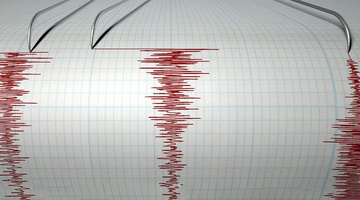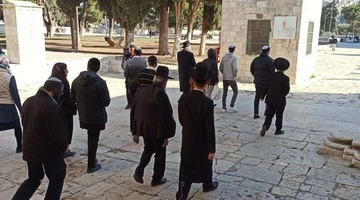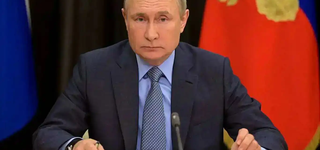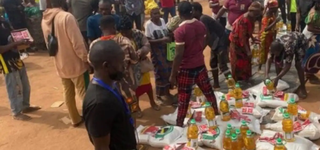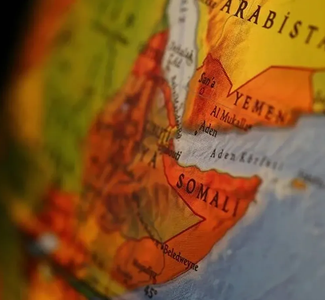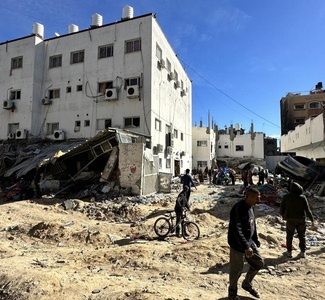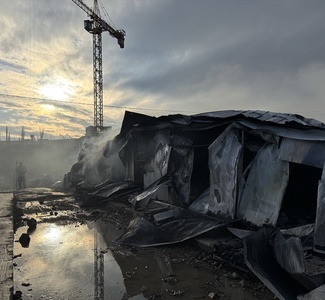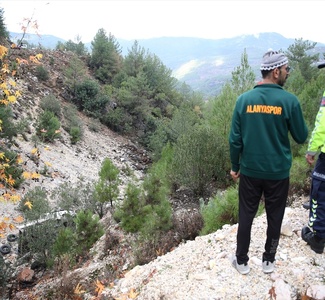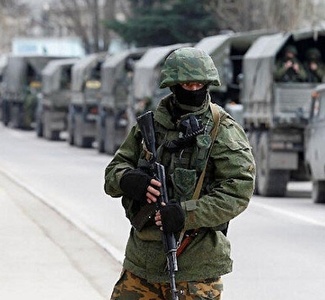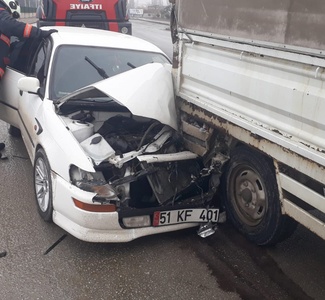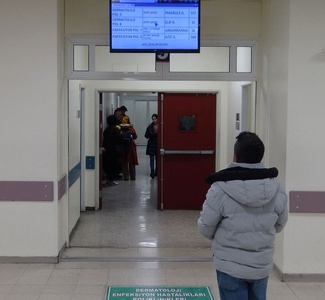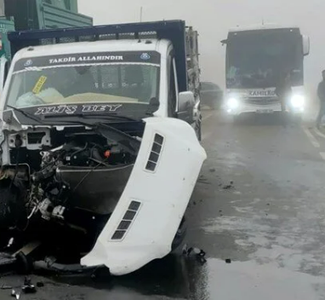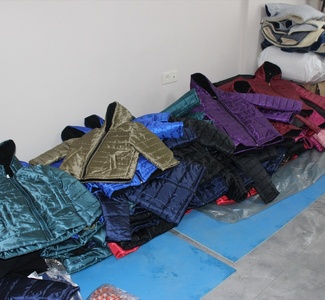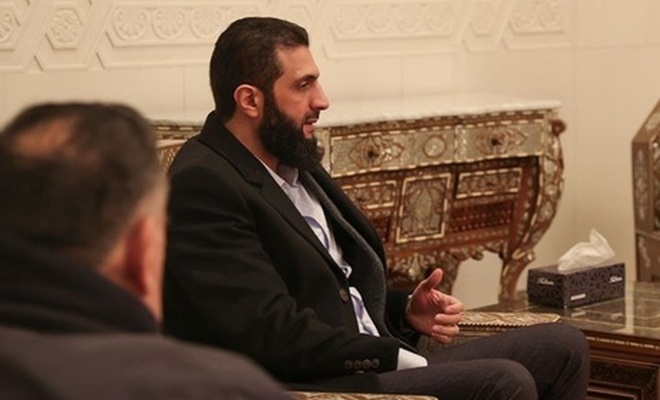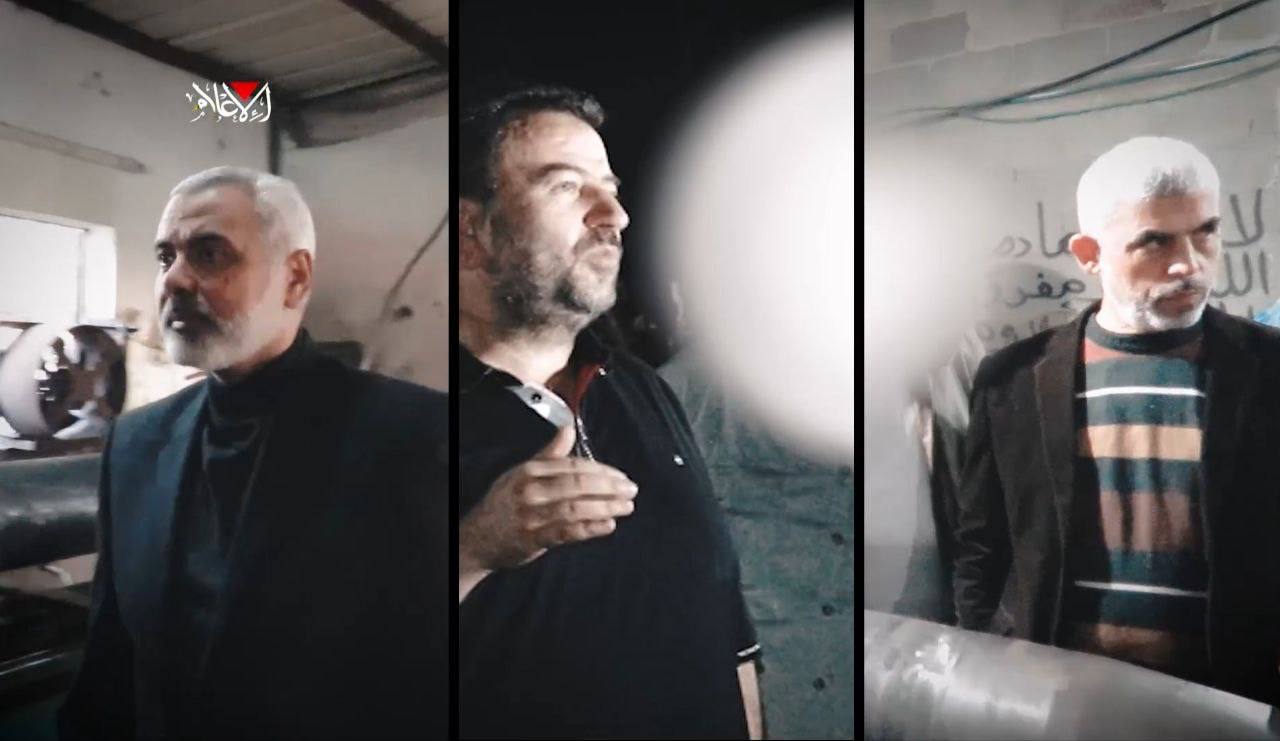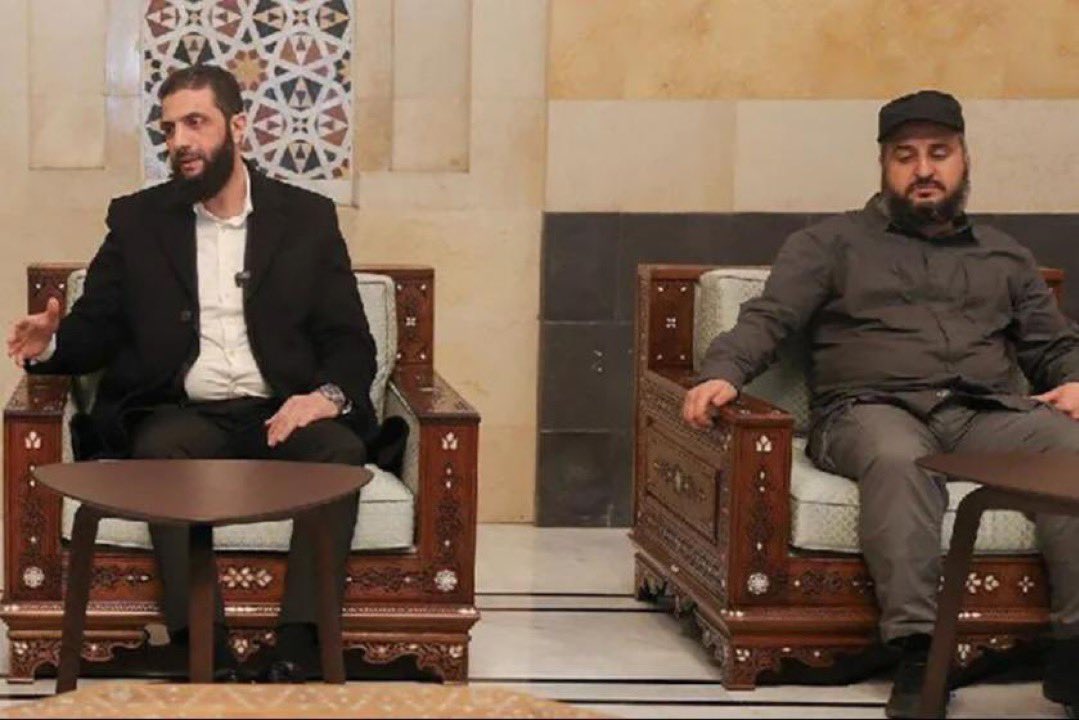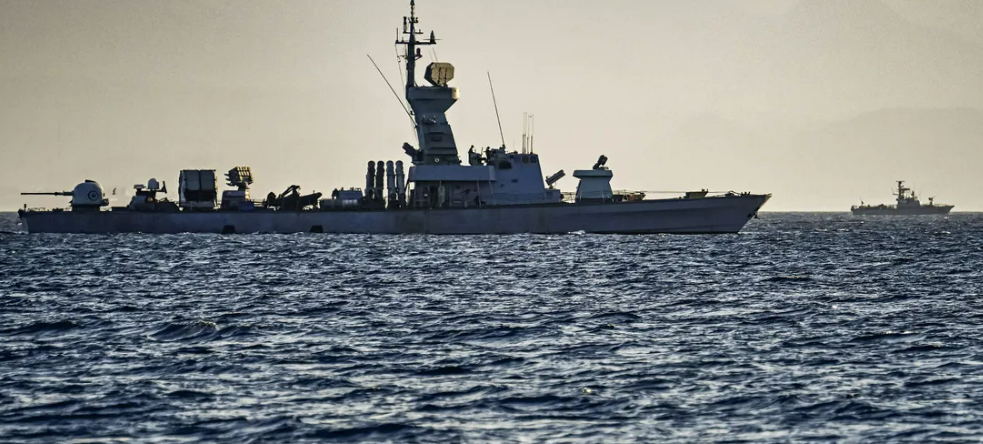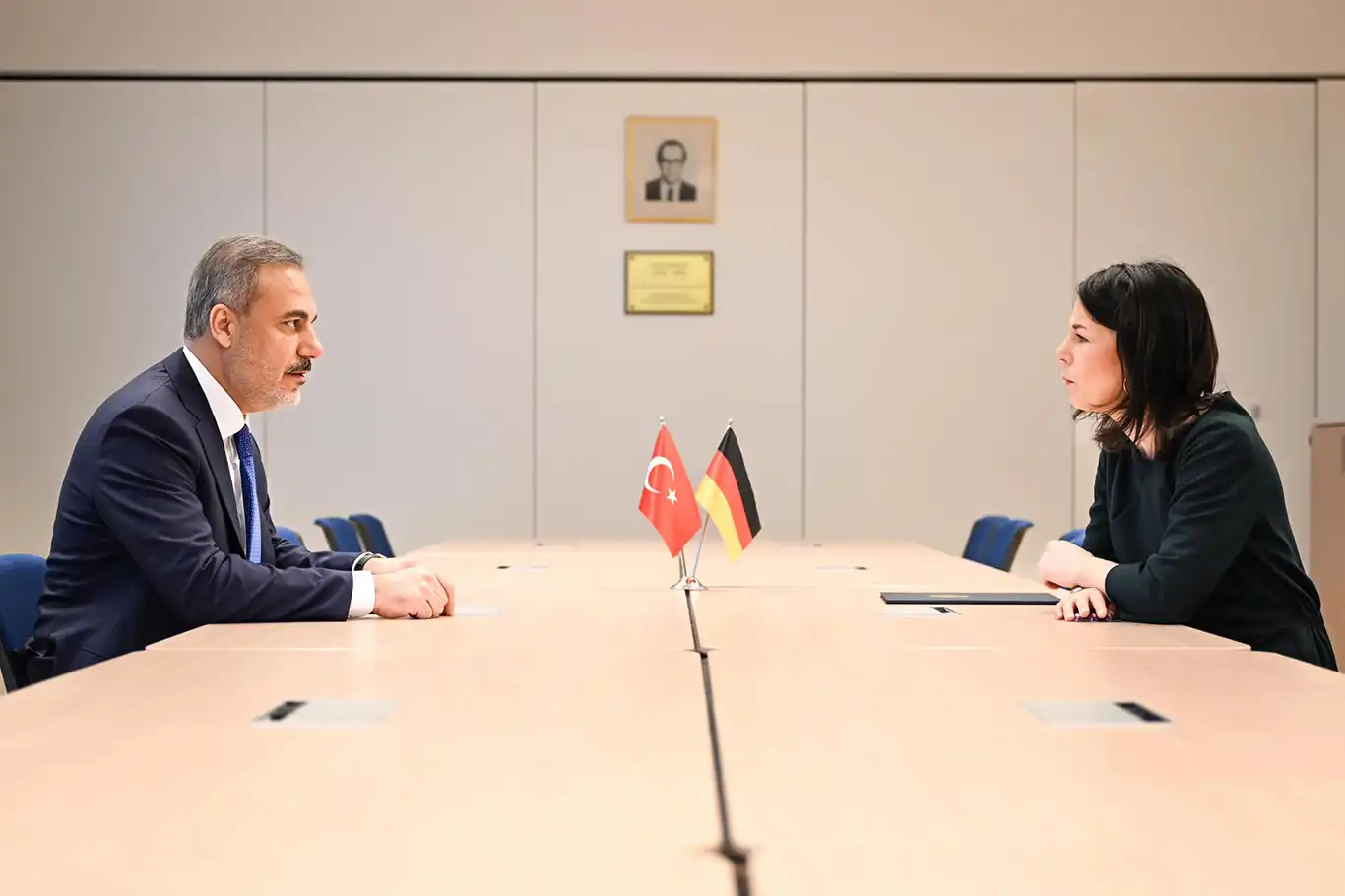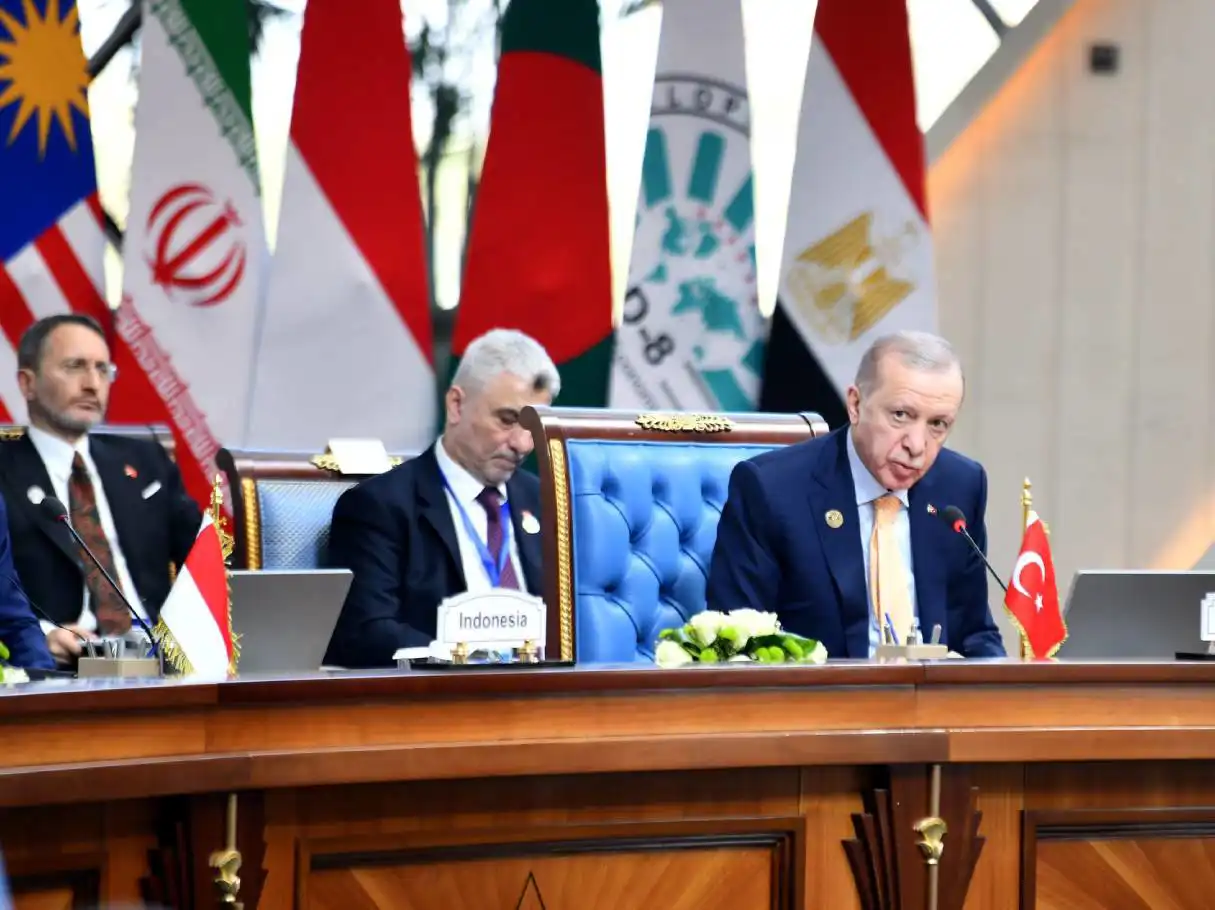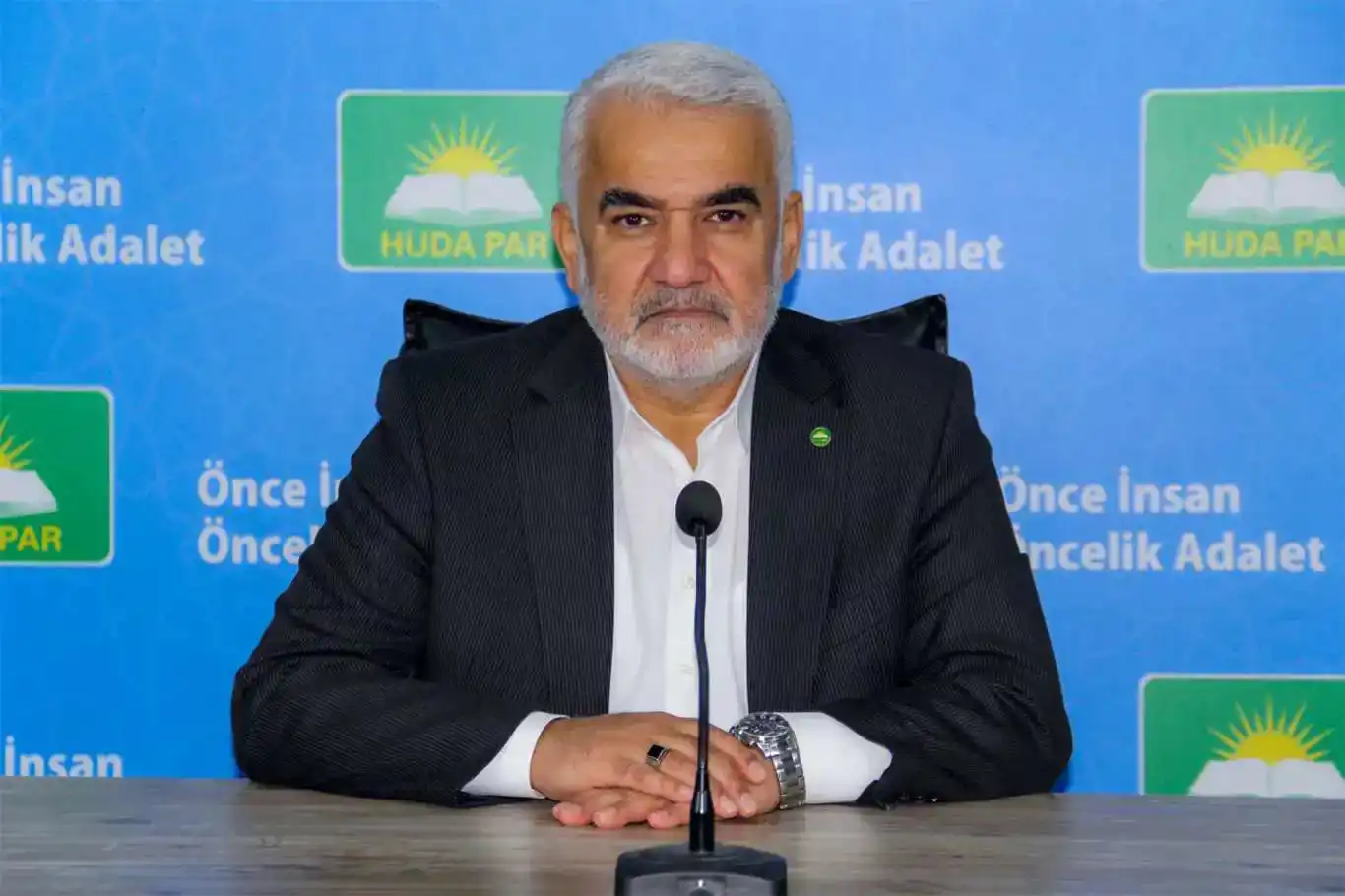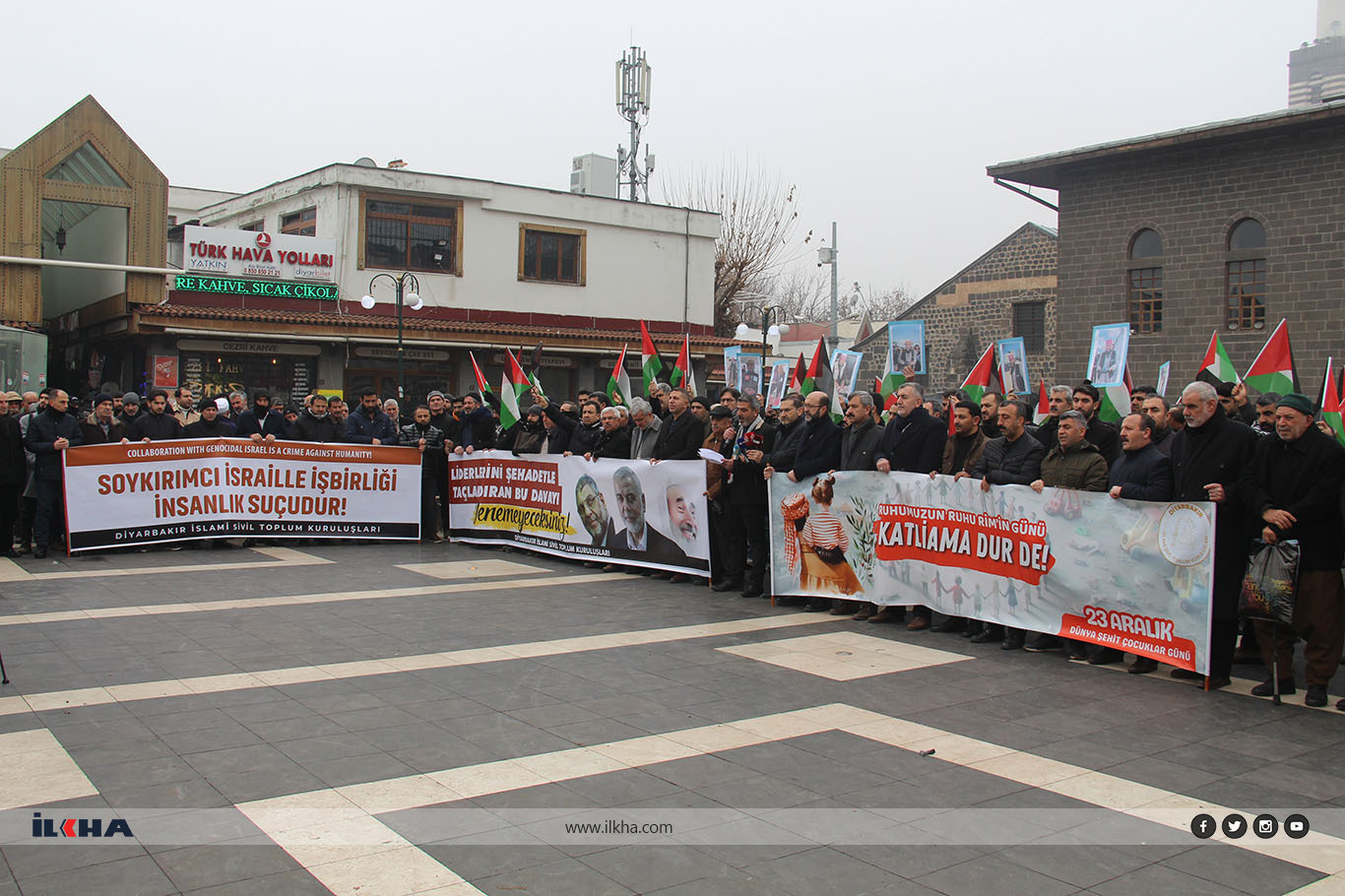At least 160 dead, over 5,000 arrested in Kazakhstan unrest
More than 160 people were killed and 5,135 others arrested in Kazakhstan after the violent demonstrations broke out last week following a fuel price hike in the Central Asia’s largest country.
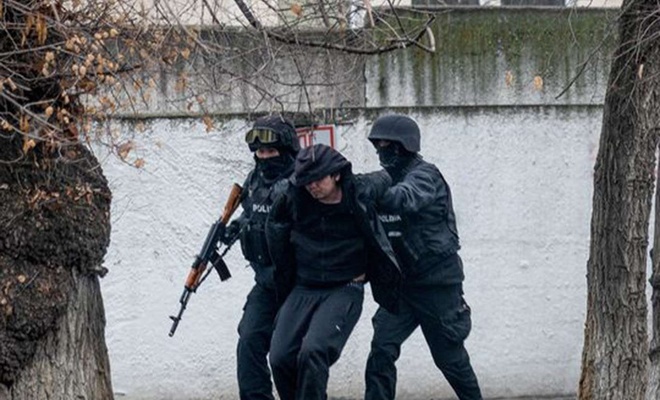
 Google News'te Doğruhaber'e abone olun.
Google News'te Doğruhaber'e abone olun. Property damage was estimated at around 175 million euros after the deadly violence, according to initial estimates.
At least 100 businesses and banks were attacked and looted and about 400 vehicles destroyed during the deadly protests.
“Today, the situation is stabilized in all regions of the country. However, the counterterror operation is continuing in a bid to re-establish order in the country,” said Interior Minister Erlan Turgumbayev during a press conference.
Protests broke out in Kazakhstan on January 2 after a sudden sharp increase in gas prices in which according to the Kazakh government was due to high demand and price-fixing.
The protests began in the oil town of Zhanaozen but have quickly spread to other cities in the country, including the largest city, Almaty.
In response, President Kassym-Jomart Tokayev declared a state of emergency in the Mangystau Region and Almaty, effective from 5 January 2022. The Mamin Cabinet resigned the same day. The state of emergency was shortly extended to the whole country.
In response to Tokayev's request, the Collective Security Treaty Organization (CSTO) – a military alliance of Russia and its allied states that includes Armenia, Belarus, Kyrgyzstan, Tajikistan, and Kazakhstan itself – agreed to deploy troops in Kazakhstan. The aim was declared to be peacekeeping. The local police reported that “dozens of attackers were liquidated”, while former President Nazarbayev was removed as the Chairman of the Security Council of Kazakhstan.
As a concession, President Tokayev said that the vehicle fuel price caps of 50 tenge per litre had been restored for 6 months. On Friday, he said in a statement, “Constitutional order has largely been restored in all regions of the country.”
He also announced that he had ordered troops to use deadly force against protesters, authorizing instructions to “shoot to kill” without warning at anyone demonstrating, calling protesters “bandits and terrorists” and saying that the use of force would continue to “destroy the protests”. (ILKHA)




























